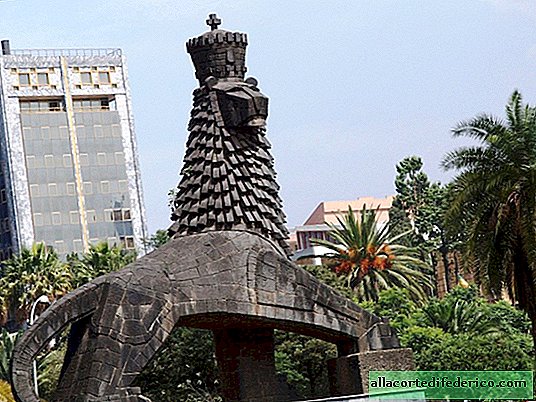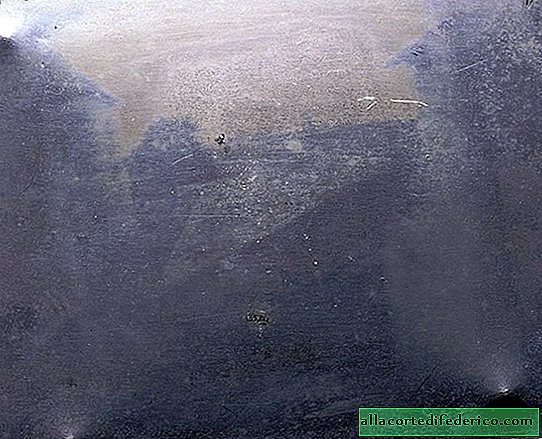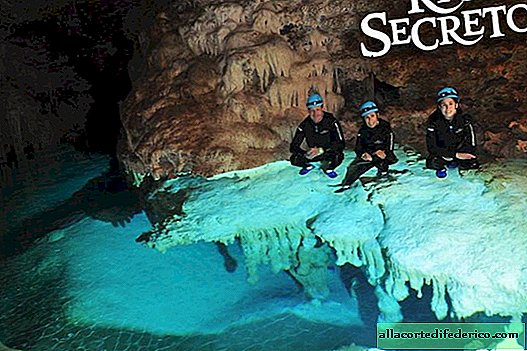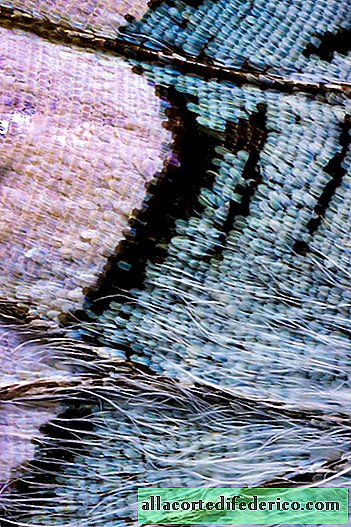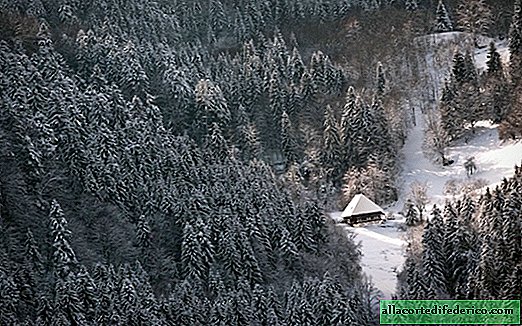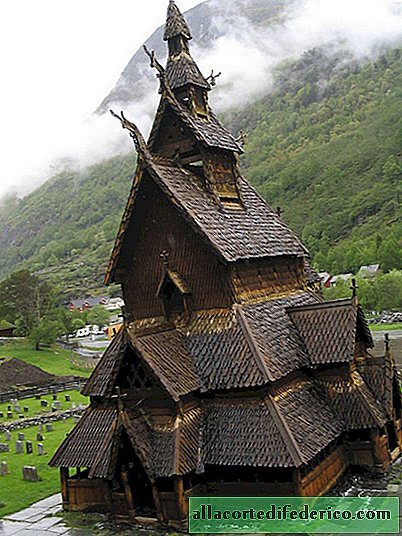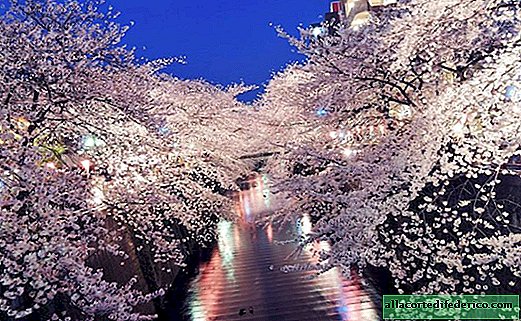Manuscript 512: how the Portuguese found the ruins of a Greco-Roman city in the jungle of Brazil
A mysterious document is stored in the National Library of Brazil in Rio de Janeiro, which caused the death of more than one hundred travelers. A manuscript titled "Manuscript 512" tells of the discovery of the ruins of an ancient city in the jungle of Brazil, as well as gold deposits nearby. Judging by the descriptions contained, the abandoned city was built by Greco-Roman civilization, and the described arches and columns are very reminiscent of the European buildings of the ancient world.

The manuscript is a fairly detailed account of the journey of the Portuguese expedition of Bandeirants, hunters of Indians and treasures, the middle of the XVIII century. The document is called "Historical Relation of an Unknown and Large Settlement, Ancient, Without Residents, Something was Discovered in the Year 1753" (port. Relação histórica de uma occulta e grande povoação antiquissima sem moradores, que se descobriu no anno de 1753). The description of the campaign deep into the jungle was made with great credibility, and its authenticity is not in doubt among most researchers. On 10 pages of text written in the form of a letter, its author gives a detailed description of the journey, as well as the city itself. Unfortunately, the manuscript is not in its original form, some part of the text is irretrievably lost. But what can be read is quite enough for a real sensation.

Apparently, the bandeirant expedition went to the Brazilian jungle to search for the legendary mines of Moribeka. But instead, they found an abandoned city built by a mysterious civilization.

The main entrance to the city was decorated with three arches, similar to those that were common in Greco-Roman culture. Everything else was also built in the antique style: two-story residential buildings, public buildings, arches and temples. In the center of the city there was a square on which a monument to a man was erected. All rooms were completely empty, with no signs of furniture or other household items. Some of them were destroyed, and some of them had inscriptions, which the author of the manuscript sketched in his report. The symbols used resemble the letters of the Greek and Phoenician alphabet, as well as some Arabic numerals.

The expedition moved on and, going down the river, discovered two mines. As the expedition members determined, gold was mined in one of them and silver in the other.

The manuscript was discovered in 1839 in the repositories of the Rio de Janeiro library and has since been haunted by researchers, travelers and gold miners. Several expeditions were sent in search of the ruins of the ancient city and mines. The most famous was the trip of Percy Fawcett, who went to the Brazilian jungle in 1925 and did not return. More than 10 expeditions were looking for them, but no traces of the detachment were found. In this area, in the dense jungle of the state of Bahia, there were tribes of Indians who were hostile to the alien population. And the main version of the disappearance of the Fawcett expedition is associated precisely with the Aboriginal tribes.
Manuscript 512 could well pass for a literary work in the genre of science fiction, if not for the latest discoveries made by scientists in the Amazon Selva. A group of archaeologists led by Michael Hekenberger discovered the remains of ancient settlements with stone walls, protective moats and the remains of ceramic dishes. Despite the fact that the beginning of the 21st century is outside the window, there are still many places in the jungle of the Amazon where no researchers have set foot. Therefore, it is possible that during further expeditions the ruins of a mysterious ancient city, which is described in Manuscript 512, will be discovered.






